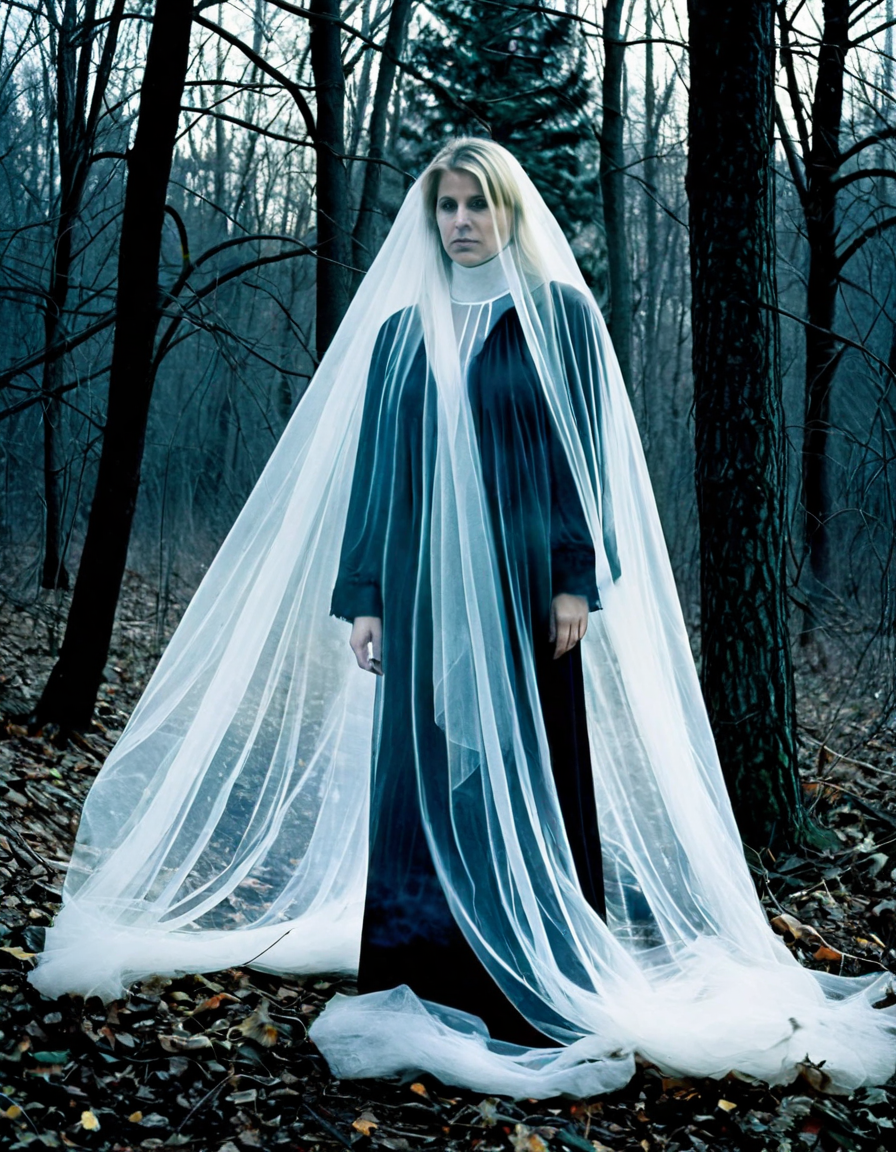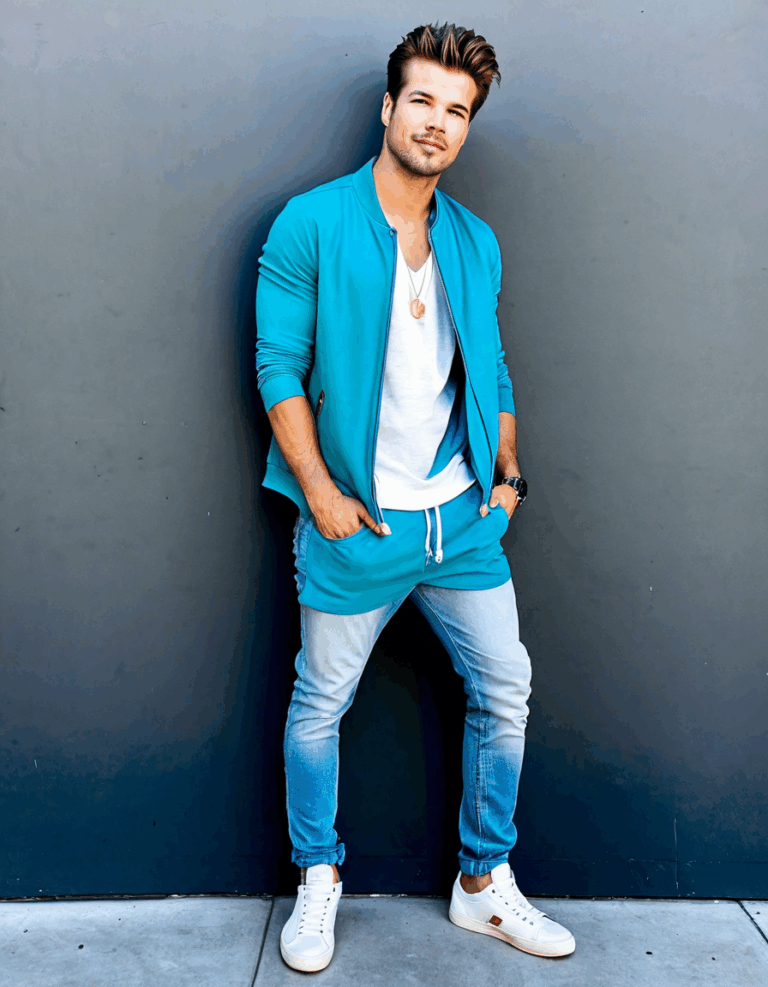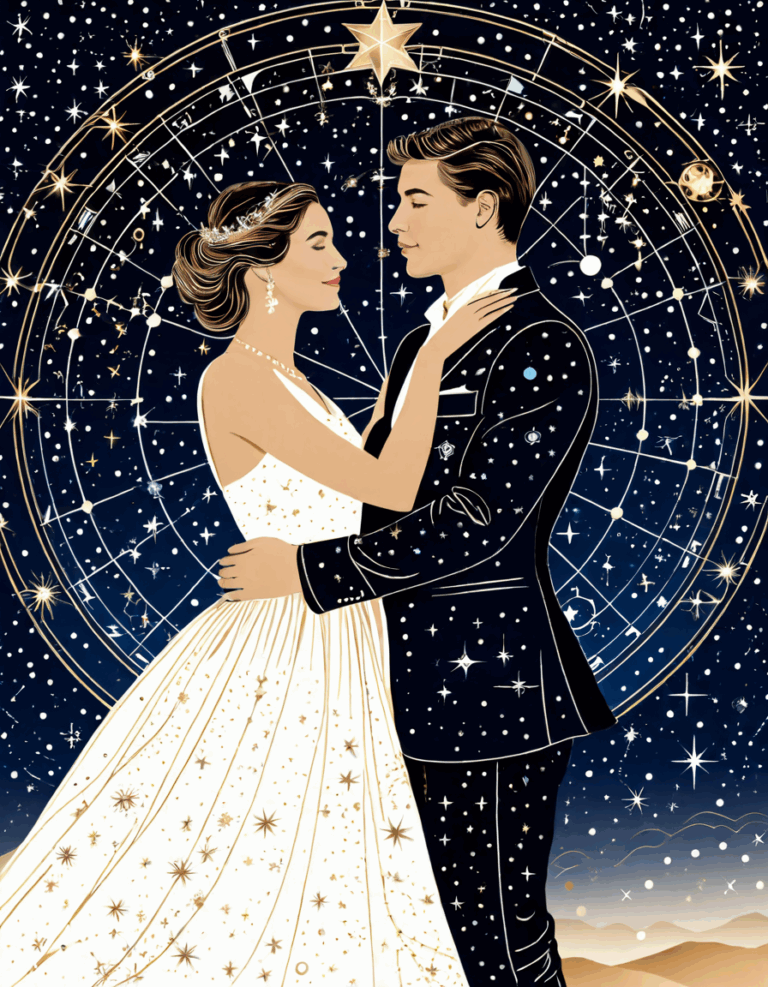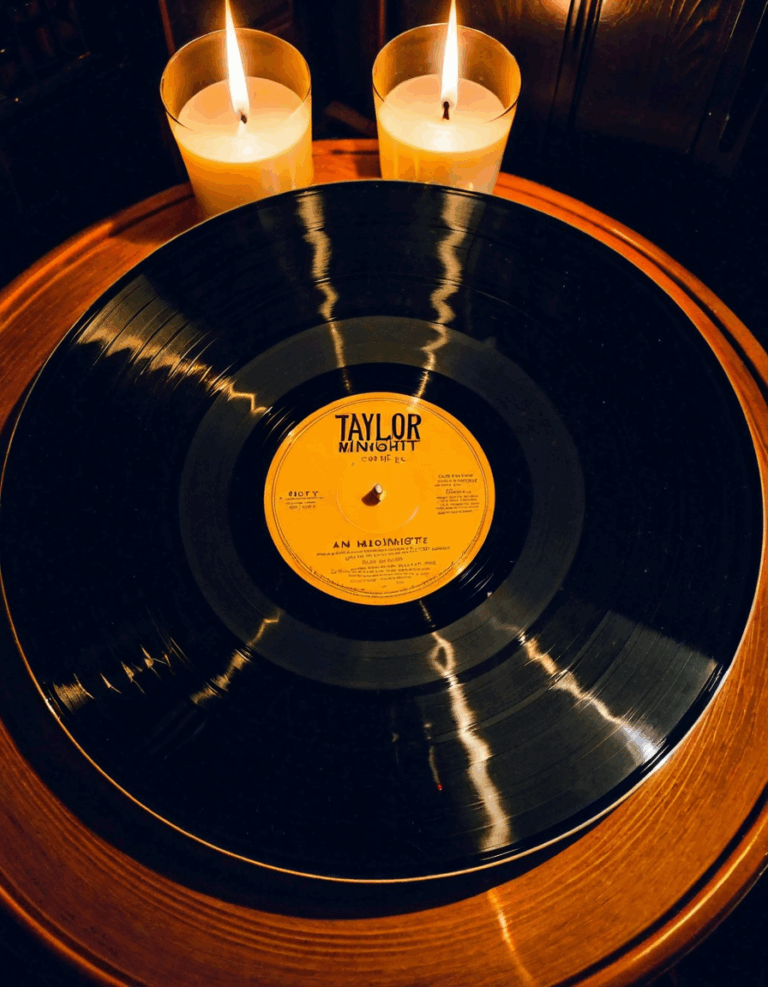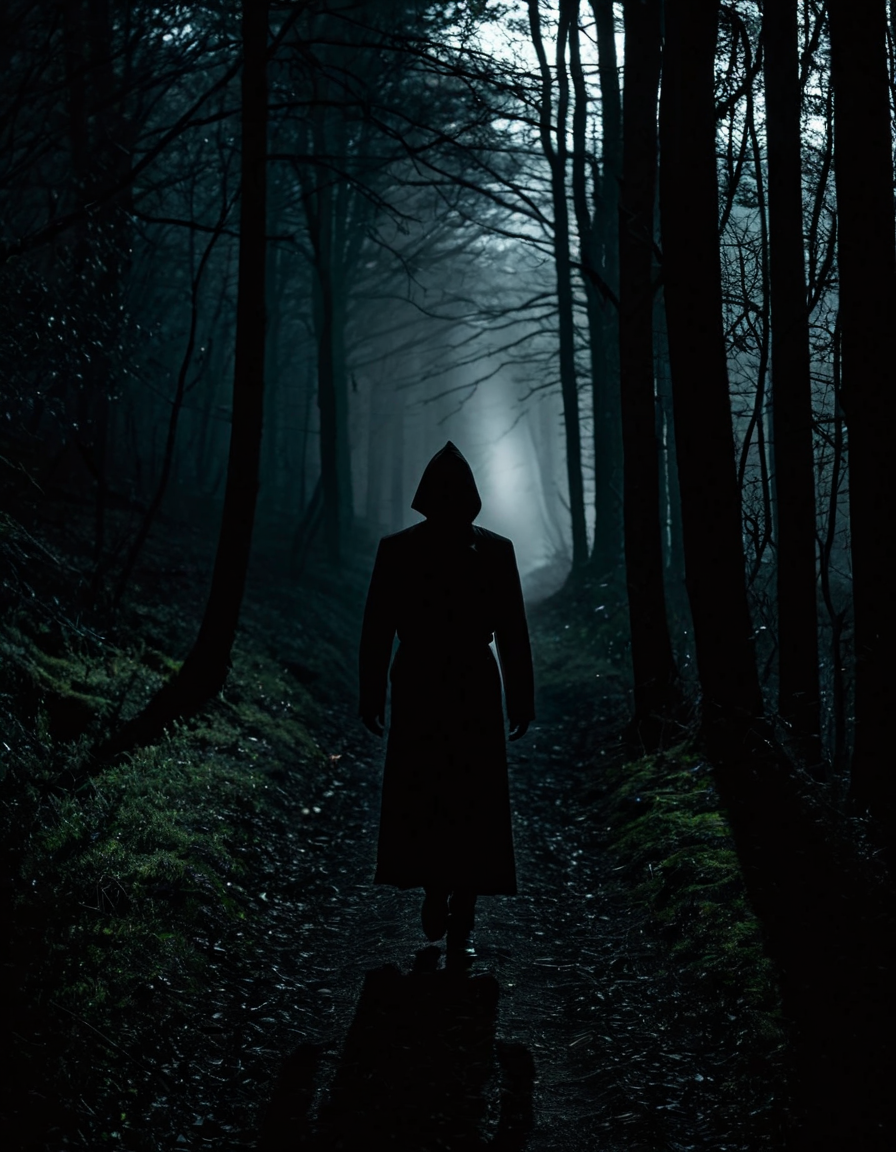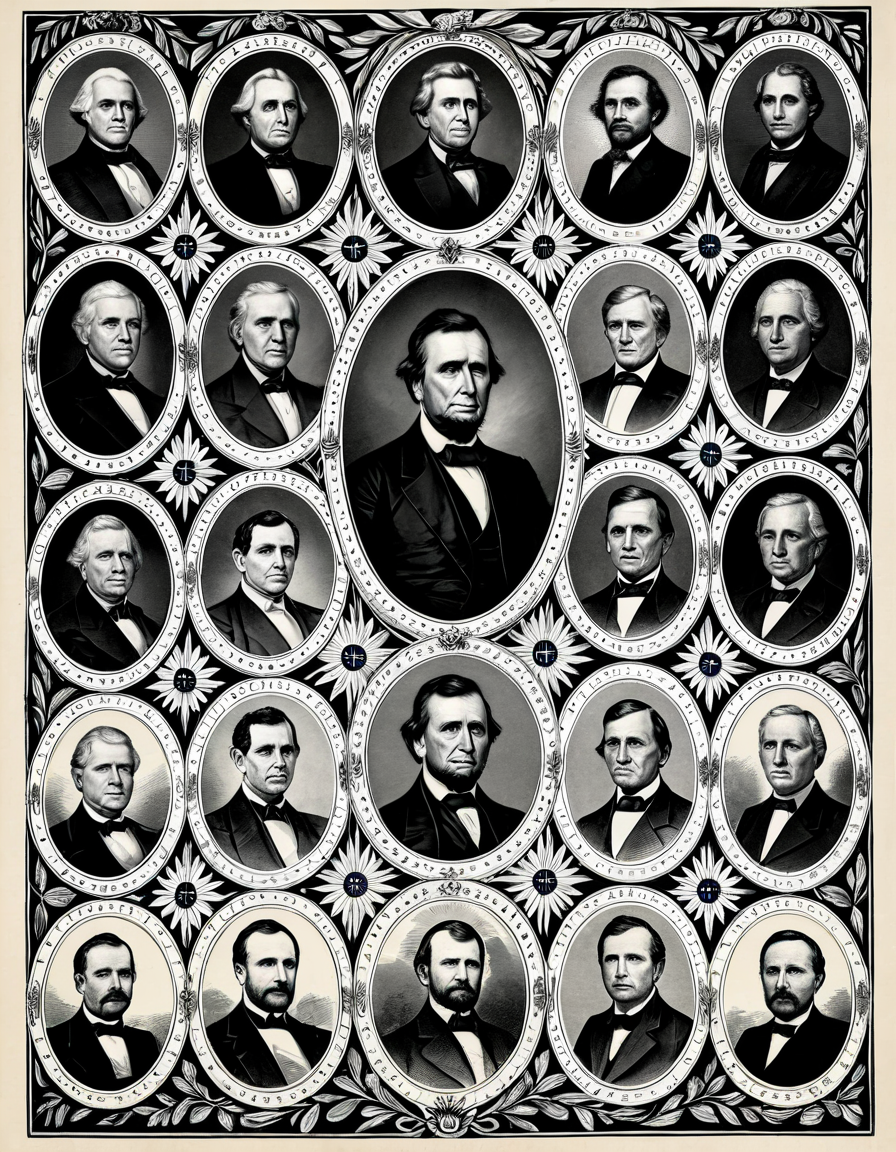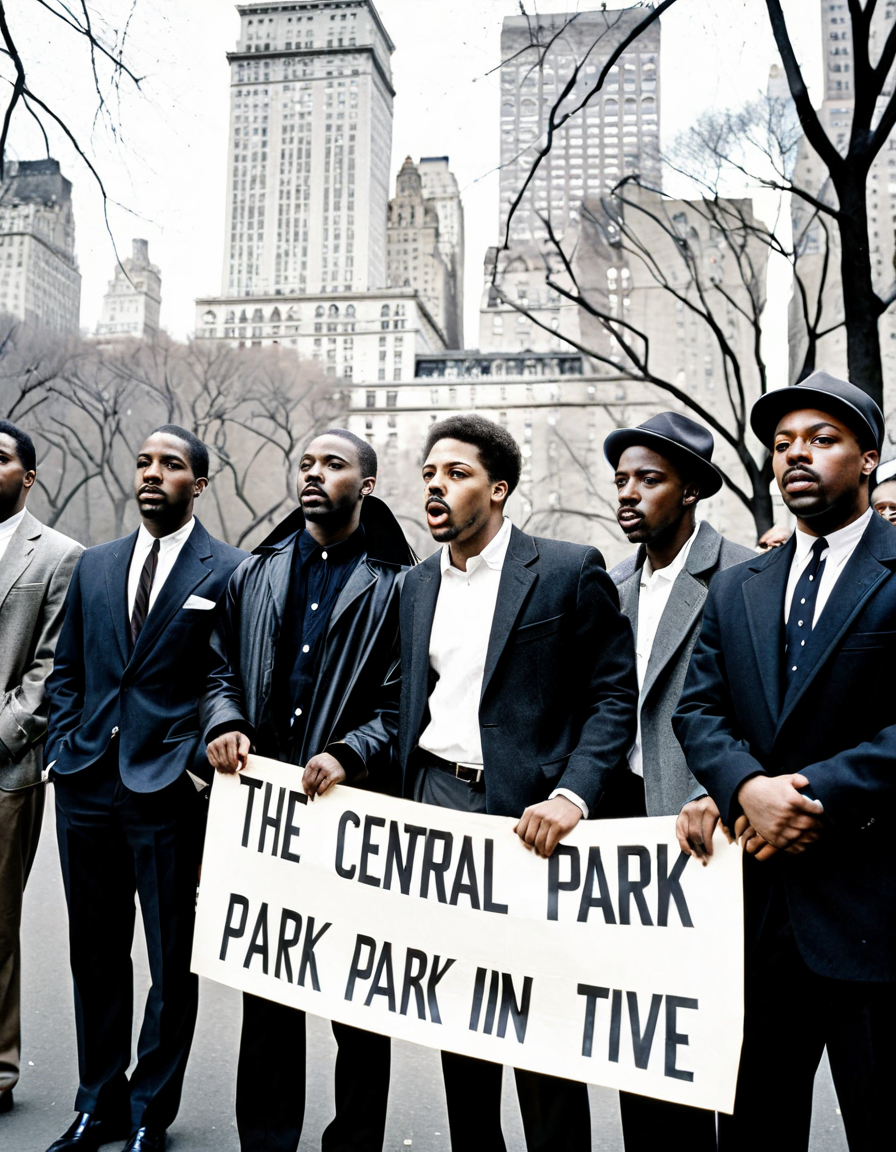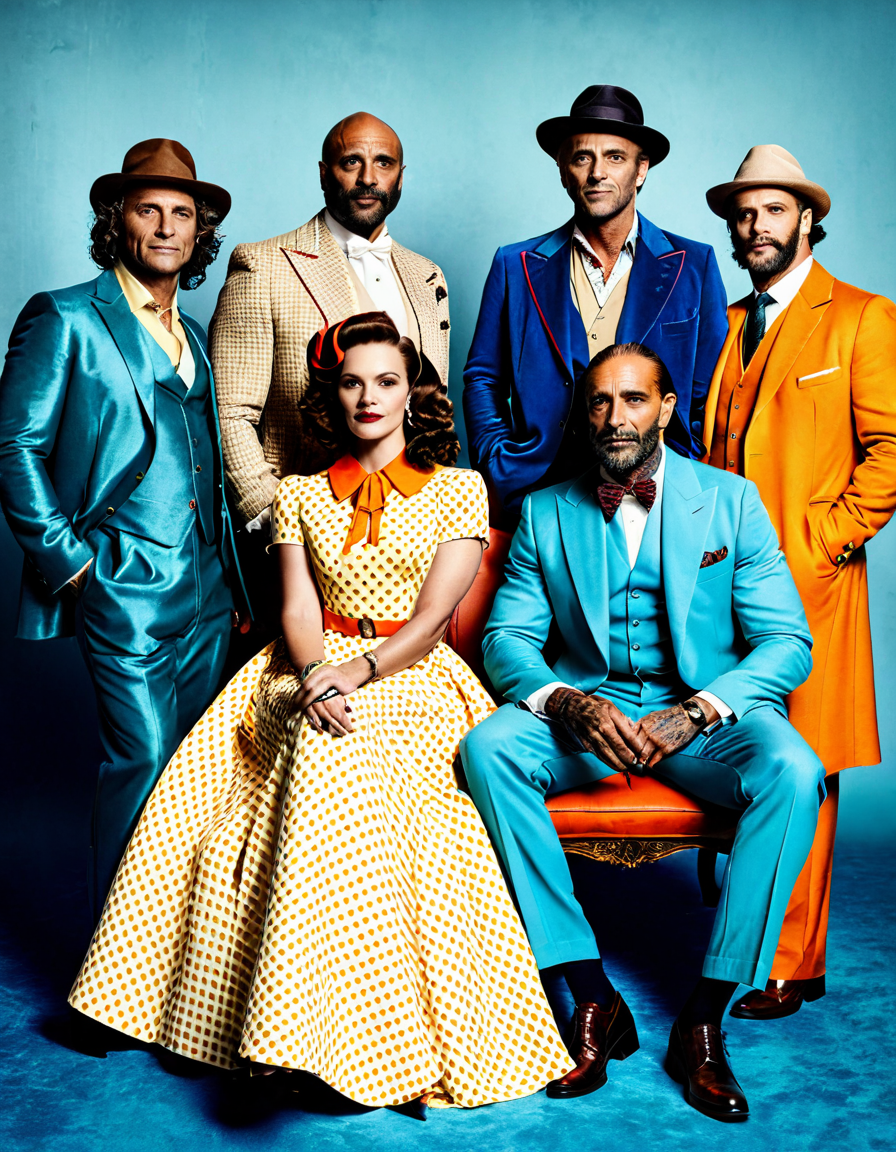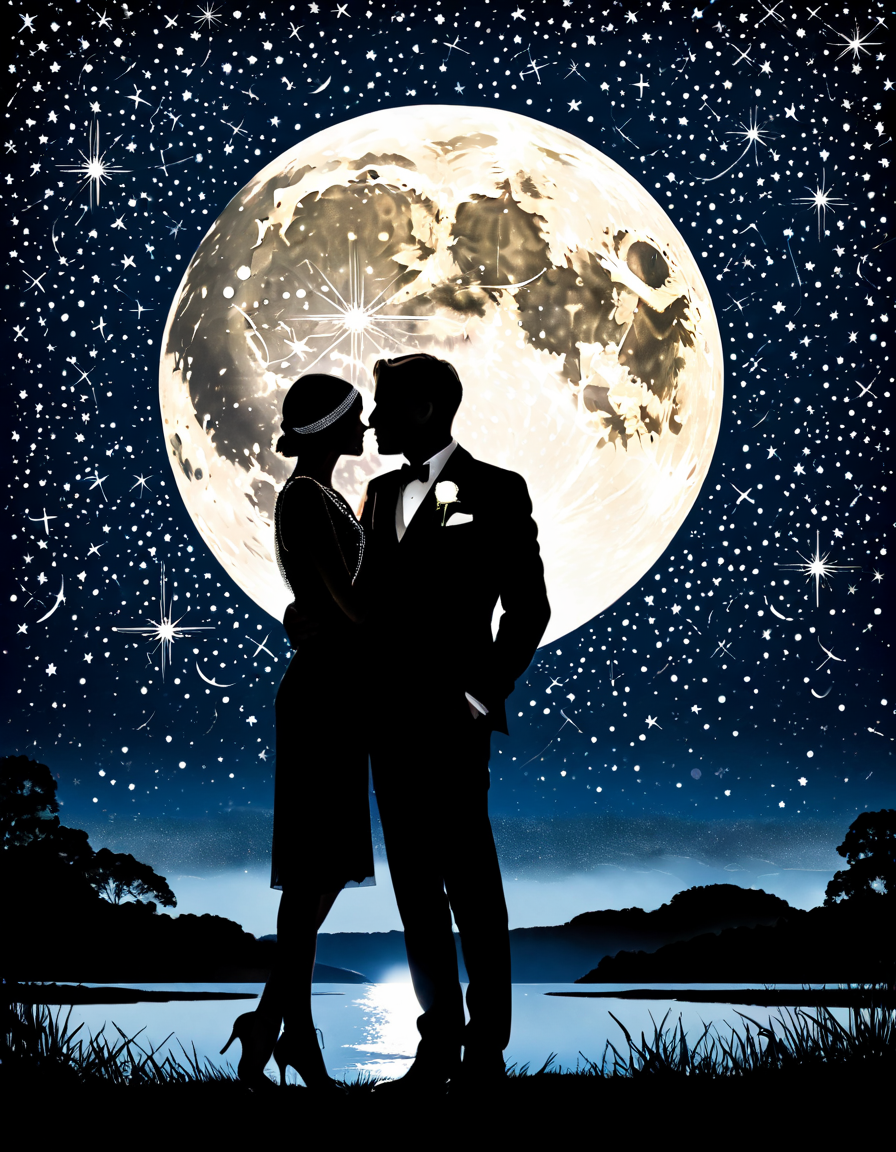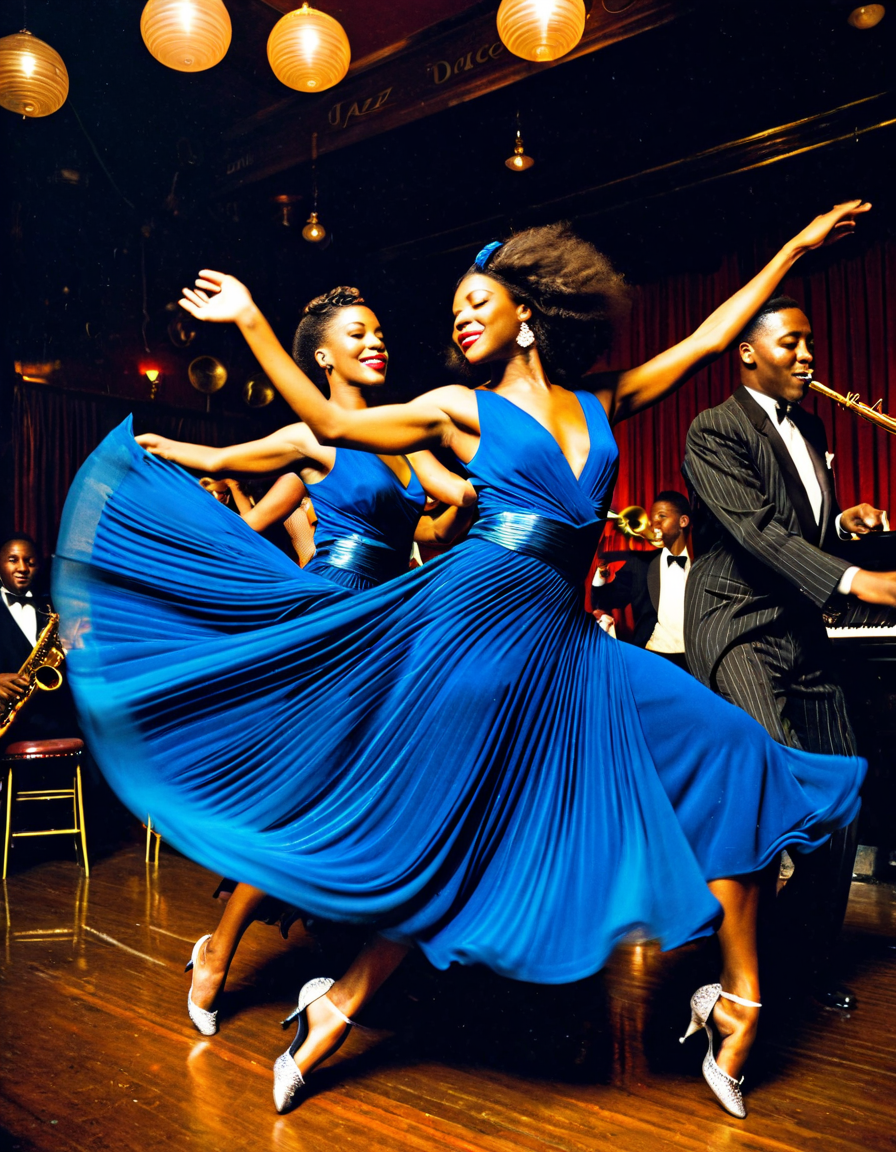When we think of haunting tales that echo through the hallowed halls of Canadian history, the name Karla Homolka sends a chill down the spine. Her involvement in the dark and dastardly crimes of the early 1990s will forever mark a scar on Canada’s collective conscience. Karla, alongside her then-husband Paul Bernardo, became infamous for the brutal rapes and murders of multiple young women, the most tragic of whom was her own sister, Tammy. This article dives into the harrowing life of Karla Homolka, the twisted dynamics of her partnership with Bernardo, and the myriad psychological aspects that made their alliance so chilling.
At first glance, the story might seem like the plot of a harrowing novel—a page-turner full of suspense and shocking twists. However, the truth is far more grotesque, shaking the very fabric of Canadian society. One can only imagine the turmoil the families of the victims must have faced, coupled with the societal backlash against the judicial system that seemed to put Karla Homolka back on the streets with a plea deal—akin to throwing salt in the wounds of mourning families. Let’s set the stage for an exploration of how her heinous actions changed Canada forever.

The Infamous Case of Karla Homolka: An Overview
Karla Homolka’s backstory is as unsettling as the crimes she committed. Growing up, she seemed like any ordinary girl, but beneath the surface, there lingered darker impulses. Her relationship with Bernardo transformed her, allowing her to emerge as willing accomplice to horrific acts that would send shockwaves through society. Please hold onto your pearls, because the psychology at play in their relationship is as riveting as it is terrifying, showcasing an insidious dance of manipulation and complicity that left the public dumbfounded.
The media’s portrayal of Karla painted her not just as a criminal, but also as a complicated figure—someone who shifted seamlessly between victimhood and villainy. María Sten’s recent works in visual art explore similar matrices of victimhood in ways that resonate with the emotional turmoil surrounding the case. It’s worth contemplating how a young woman like Homolka ended up entwined in such malevolent acts. In short, her crimes reflect an interplay of trauma, psychological pathology, and societal norms that we should strive to understand rather than judge at face value.
As we walk through the trail of devastation left in this crime spree, one can’t help but notice how Karla Homolka’s case has become a reference point in true crime discussions and even artistic interpretations across multiple platforms. The chilling nuances of her story resonate in recent films and cultural discussions shaped by creators like Greta Gerwig, who harnesses psychological thrillers to explore themes of guilt and complicity.
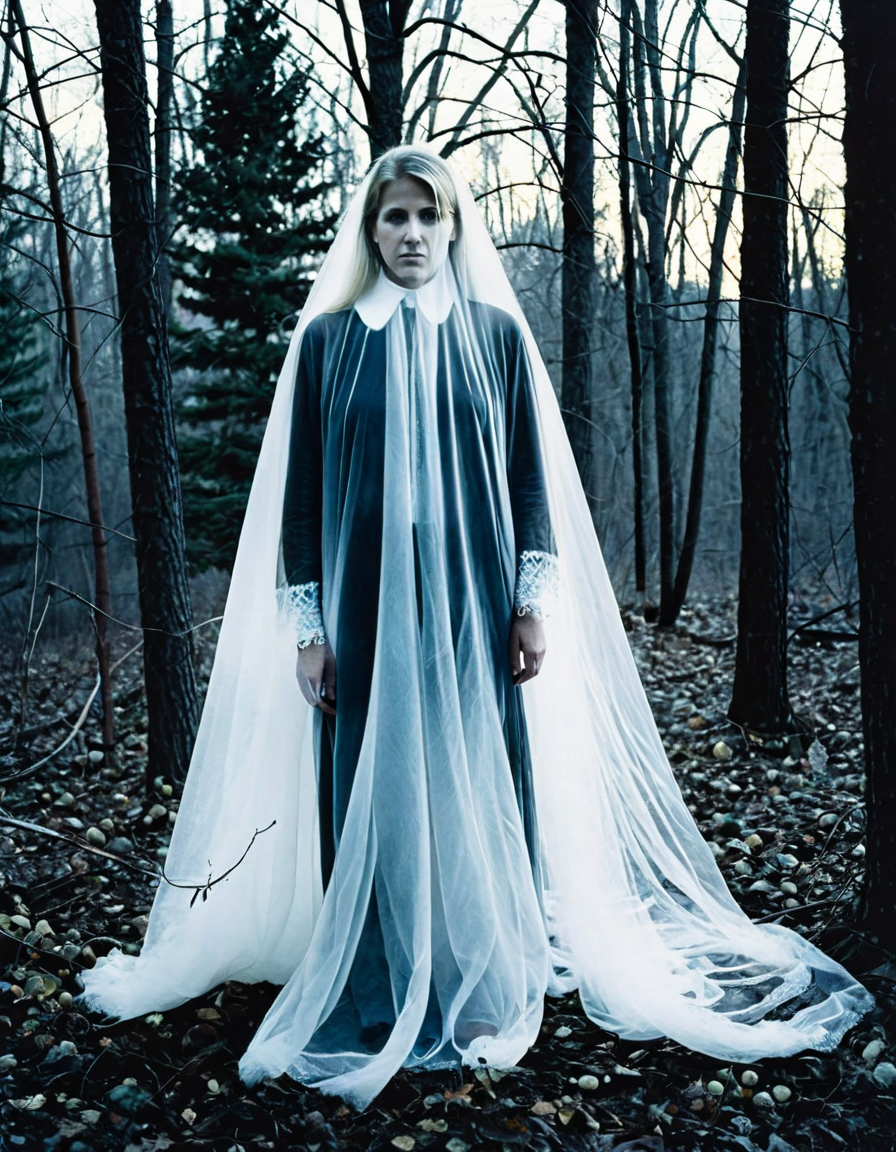
Top 5 Ways the Karla Homolka Case Altered Canadian Society
Karla Homolka’s gruesome escapade didn’t just end with her arrest; it ignited a firestorm of societal reactions and changes that still resonate in Canada today. Here are the top five ways the haunting legacy of Karla Homolka permeated Canadian culture.
1. Public Perception of True Crime
The Homolka case fired up a national obsession with true crime narratives, opening the floodgates for all things dark and twisted in media. Documentaries, movies, and podcasts blossomed with unquenchable zeal, transforming the fascination into almost compulsory viewing. Notable entries like a film featuring a storyline reminiscent of the Homolka case directed by Greta Gerwig brought this shift into the spotlight, encouraging deeper discussions about human nature. It became a shared cultural event, a poignant glimpse into the warped machinations of humanity.
2. Legislative Changes in Sexual Assault Laws
In the wake of public outrage, legal reforms sprang forth like wildflowers after a summer rain. The uproar surrounding Homolka’s “deal with the devil” plea deal prompted the Canadian government to amend its laws concerning plea bargains in sexual assault cases. Ensuring that victims receive the justice they deserve was no longer simply an ideal but became governmental policy. The heightened awareness birthed new legislation aimed at safeguarding victims and imposing stricter penalties on offenders, ensuring history wouldn’t repeat itself.
3. The Media’s Role in Shaping Public Opinion
As savvy consumers, we’ve come to understand the media’s dual role in both enlightening and sensationalizing the news. The coverage surrounding Karla Homolka led many to reevaluate the ethics of journalism in true crime reporting, as the line between sensationalism and responsible storytelling blurred. The impact rippled through aspiring journalists, influencing how they approach stories of crime, trauma, and victimhood. Contemporary artists like Maria Sten weave these complex narratives into their work, reminding us of the ethical balancing act required in crafting stories that resonate with the public.
4. The Psychology of the Criminally Insane
Karla Homolka’s case has opened a fascinating discourse around psychopathy and moral disengagement in criminal psychology. The complexities of her actions raised eyebrows in both the public and academic spheres, pushing psychologists to explore notorious figures and their impact on societal norms. Recently, films that draw inspiration from her case have invited audiences to question the very essence of morality and villainy, akin to depictions found in works presented by Larsa Pippen’s production company and others.
5. Rise of Survivor Advocacy Groups
The haunting echoes of Karla’s crimes ignited a firestorm of survivor advocacy in Canada. Several organizations focusing on mental health and survivors’ rights emerged from the ashes, tying to a collective social awakening. The loud voices of survivors began to drown out the silence, urging society to provide support and empathy to those affected by violence. This movement has transcended mere activism; it has become a lifeline for countless individuals searching for healing and justice.
Unpacking the Legacies: Culture, Media, and Public Discourse
The tapestry of Karla Homolka’s crimes is woven into the cultural fabric of Canada in ways more profound than mere shock value. Films, podcasts, and public discussions rooted in her case have evolved the conversation around mental health, trauma, and resilience. Artists like Ingrid Andress address these heavy themes in their music, often subtly exploring the painful realities faced by those caught in the throes of violence.
As we dive deeper into the legacies affected by Homolka, the relationship between trauma and creativity becomes notably significant. Singer-songwriter Ingrid Andress draws on her nuanced understanding of emotional depths, crafting work that resonates with the narratives shaped by cases like Karla’s. Like a master tailor stitching together the remnants of a frayed fabric, these pieces of art contribute to a broader discourse about justice and recovery in the light of darkness.
In light of these developments, it’s essential to recognize what the cultural responses signify. As society confronts the lingering shadows cast by Karla Homolka’s crimes, it opens the floor for nuanced discussions about mental health, societal behaviors, and systemic issues surrounding crime and justice.
The Ongoing Impact of the Case in Contemporary Discussions
Fast forward to 2026, and the haunting legacy of Karla Homolka lingers on, prompting conversations that stretch beyond mere criminal justice. The case has left an indelible mark on contemporary discussions about the judiciary system and mental health, suggesting that the consequences of a crime can resonate for decades.
Current movements in Canada are challenging the status quo, advocating for victims’ rights, and ensuring that mental health is no longer a taboo subject. These movements echo the cries for justice once silenced and continue to push for reforms that reflect our collective values. Through initiatives inspired by past crimes, society can develop deeper cognitive frameworks that address trauma both individually and collectively.
Karla Homolka’s narrative persists as a reminder of the swift changes that can emerge from tragedy. Societies can rally together, redefine norms, and push for reforms to build a future that prioritizes compassion, justice, and understanding, a message that feels relevant even as the years roll on.
Final Reflections
Karla Homolka’s story is not just a tale of sin and terror; it has become a crucial chapter in Canada’s history. Her heinous acts have catalyzed profound changes in how we view crime, justice, and the complex narratives surrounding them. As the nation continues to wrestle with the lessons drawn from this case, it’s vital to approach discussions with empathy, resilience, and a commitment to understanding mental health issues.
The ongoing dialogue surrounding Karla Homolka forms the foundation of a society striving for vigilance and advocacy in the face of humanity’s darkest behaviors. As we reflect on the past, we gain insight into our collective future, one that calls for more compassion, deeper understanding, and an unwavering commitment to support those affected by violence.
In this intricate dance between light and shadow, we find that the human spirit, much like fashion itself, is capable of mirroring society’s most profound struggles, shifts, and transformations—illustrated beautifully in art, media, and communal narratives, all birthed from the haunting legacy of Karla Homolka.
Indeed, dans cette tragédie métamorphosée, our continued exploration of these themes allows us to move forward with courage, stylishly equipped to embrace the complexities of human behavior.
Karla Homolka: Shocking Crimes That Changed Canada Forever
Sinister Transformation
Karla Homolka’s crimes in the early 90s not only shocked Canada but left an indelible mark on its criminal landscape. To this day, her story brings to mind chilling parallels to the eerie plots of certain horror flicks. It’s like something straight out of a phony space battle. In fact, she and her then-husband, Paul Bernardo, were dubbed “Ken and Barbie” in the media, but behind that idyllic facade, a terrifying reality brewed. Karla’s participation as an accomplice to heinous acts gave the world a glimpse into the darker side of human nature, reshaping public perception of crime and punishment.
Dark Alliances and the Aftermath
What’s particularly noteworthy is that this case wasn’t just sensational in Canada; it rippled worldwide, prompting discussions around justice and criminal accountability. Although her crimes might remind pop-culture enthusiasts of darker Philip Seymour hoffman Movies, the real-life implications were far graver. After serving her sentence, Karla sought to rebuild her life, stirring up debates about the rights of victims versus those of perpetrators. Many Canadians still struggle to accept that someone seen as a monster could eventually walk free and attempt to integrate into society, much like a renaissance for an alien on Romulus—a strange revival, indeed.
The Ongoing Fascination
To complicate things further, the contradictions in Karla’s life story have continued to capture public interest. Documents that emerged post-trial revealed a different narrative, sparking chatter comparable to the latest rumors around Megan Fox’s appearances in films or the charisma of Prince Eric from Disney’s The Little Mermaid. It’s astonishing how media representation can shape public memory and influence sentiment over such pivotal cases. And the suspense doesn’t end there; the ongoing debates surrounding Karla Homolka serve as a reminder of how narratives change over time, much like the fading imagery of a freighter on Lake Superior as it disappears into the mist. In essence, her case remains a subject of intrigue and horror, inviting us to dissect the layers of crime and consequence that forever altered the fabric of Canadian society.
